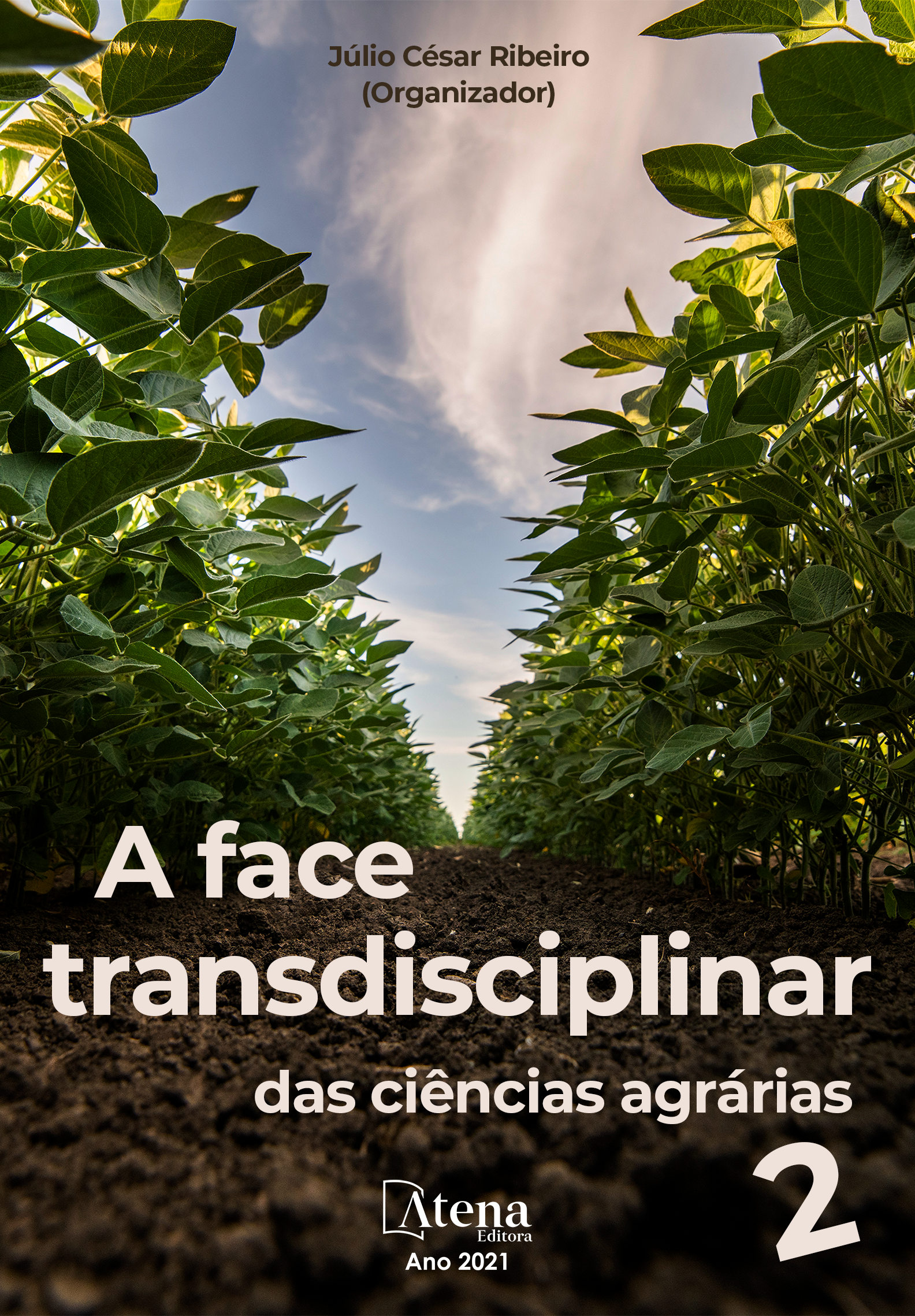
DEGRADAÇÃO IN VITRO DA MATÉRIA SECA DE DIETA PARA RUMINANTES COM INCLUSÃO DE VANÁDIO NO MEIO DE INCUBAÇÃO
Muito pouco se sabe sobre os efeitos da exposição crônica dos ruminantes a baixas doses de vanádio (V) e, desta forma, informações são necessárias para o uso seguro deste elemento. O objetivo do trabalho foi avaliar os efeitos de fontes de V (complexo e inorgânica) e de suas concentrações no meio de fermentação ruminal in vitro sobre a degradação da matéria seca. O ensaio foi instalado em delineamento experimental inteiramente casualizado, em esquema de análise fatorial 2x5x6, com 5 repetições por tratamento. O fator principal (Fator A) foi constituído por 2 tratamentos (V inorgânico e V complexo), o fator secundário (Fator B), por 5 concentrações no meio de incubação (0; 0,25; 0,50; 1,0; e 2,0 mg de V/L) e o fator terciário (Fator C), pelos tempos de incubação (3, 6, 12, 24, 48 e 72 horas). Nos tempos de incubação, foi mensurada a degradação da matéria seca (DIVMS). Na degradação in vitro da matéria seca, as fontes de V não diferiram entre si e não apresentaram interações significativas com as concentrações de V no meio de incubação e com os tempos avaliados. Em 24 h, os tratamentos com adição de V apresentaram maior DIVMS e, após 24 h, a dose de 1 mg L-1 apresentou a menor taxa de degradação quando comparada com o tratamento sem inclusão de V, e os demais tratamentos não diferiram da testemunha. Conclui-se que a inclusão de vanádio no meio de incubação, independente da forma, promove alterações na cinética de degradação da matéria seca em relação à testemunha, sem alterar a degradação potencial em 72 h.
DEGRADAÇÃO IN VITRO DA MATÉRIA SECA DE DIETA PARA RUMINANTES COM INCLUSÃO DE VANÁDIO NO MEIO DE INCUBAÇÃO
-
DOI: 10.22533/at.ed.89421100818
-
Palavras-chave: complexo, cinética, microflora ruminal, produção de gases, orgânico
-
Keywords: complex, kinetics, ruminal microflora, gas production, organic
-
Abstract:
Truly little is known about the effects of chronic exposure of ruminants to low doses of vanadium (V) and thus information is needed for the safe use of this element. The objective of this work was to evaluate the effects of V sources (complex and inorganic) and their concentrations in the in vitro ruminal fermentation media, on the dry matter degradation. The assay was installed in a completely randomized experimental design, in a 2x5x6 factor analysis scheme, with 5 replicates per treatment. The main factor (Factor A) consisted of 2 treatments (inorganic V and complex V), the secondary factor (Factor B) were five V concentrations in the incubation media (0, 0.25, 0.50, 1.0 and 2.0 mg of V L-1) and tertiary factor (Factor C) were incubation times (3, 6, 12, 24, 48 and 72 h). At each incubation time, the in vitro dry matter degradation (IVDMD) was measured. V sources did not affect IVDMD and did not show significant interactions with V concentrations in the incubation media and with the incubation times. At 24 h of incubation, the treatments with V addition showed higher IVDMD and, after 24 h, the dose of 1 mg L-1 presented the lower degradation rate when compared to treatment without V. It was concluded that the inclusion of V in the incubation media, regardless of the form, promotes changes in the kinetics of dry matter degradation in relation to the control, without altering the potential degradation in 72 hours.
-
Número de páginas: 14
- Gabriel Maurício Peruca de Melo
- Wanderley José de Melo
- Weberson Donizete de Castro Amâncio
- Patricia Orfila Rubio
- LIANDRA MARIA ABAKER BERTIPAGLIA


